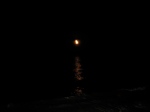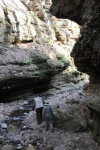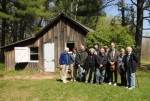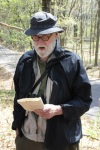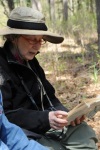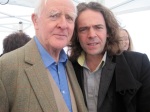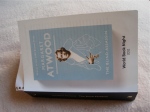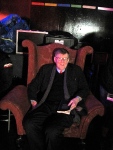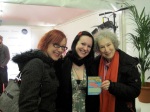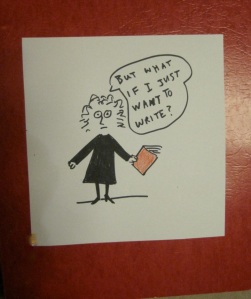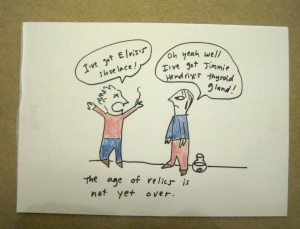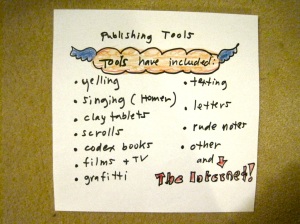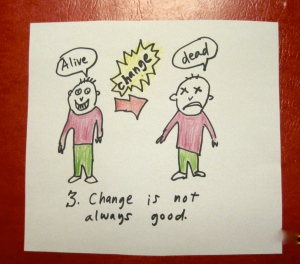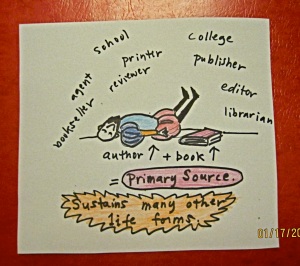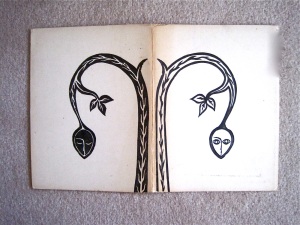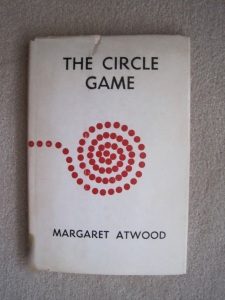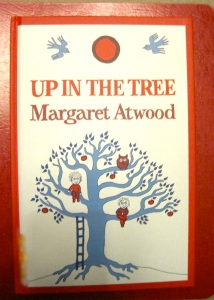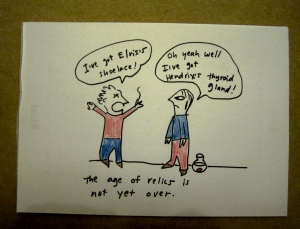Jay MacPherson was a rare creature — one of a kind. Everyone who knew her would agree.
Eleanor Cook has spoken about her poetry. I can only add that those few who heard her read it have never forgotten the experience. She was not a person who was interested in poetry as a “career” – she wrote poems only when impelled – and that is clear from the poems themselves.
I first met Jay in 1957 because she was my English professor at Victoria College – which did hire women then, unlike some colleges at the University of Toronto and very many universities and colleges throughout the English-speaking world. Jay must have been a mere twenty-eight years old, but she seemed to me very experienced and accomplished – she had, after all, just won the Governor General’s Award for The Boatman, at the unprecedented age of twenty-seven. At that time she had extraordinarily long hair, which she wore done up in an elaborate – what would you call it? – a braided crown? A super-bun? I knew that I myself would never be able to do whatever it was with my own frail, wispy hair. Never underestimate the value of superior hair as a literary influence.
Despite the fact that Jay was very shy and was always whisking around corners, she was an excellent teacher. As long as she could direct your attention to a third thing – the work of someone else rather than her own work, or another person rather than herself – she was on safe ground. Both of you could look at the third thing, and communicate through it. It might be a painting or print – she was knowledgeable about those, and already had a collection. The items she chose were often odd, and she picked them for no reason other than that she liked them. Her topics of conversation could be snippets of history, or perhaps someone else’s book or poem –she was very generous about those. She was able to pinpoint the essence of whatever you were both observing. She saw into things, which I suppose is what is meant by insight; this is a great gift for the possessor, made greater when shared with others; as Jay did share it.
Our Honours English class of 61 was very small, but it included Dennis Lee, later to become prominent as a poet and publisher, as well as Alexandra Johnson, who is with us here today. Jay taught us Victorian literature – the poetry, the novels – and she knew it thoroughly. I had recently been in the habit of sneering at the Victorians – probably because my father liked Sir Walter Scott and would recite Marmion at the dinner table, and I was going in for Eliot and Yeats and Faulkner and so forth at the time – but Jay made the Victorians sound fascinating; this at a moment when they were not at all fashionable — when the pre-Raphaelite painters had not even become greeting cards yet. She was particularly good on the narrative stratagems of Wuthering Heights, and on Heart of Midlothian, and on various orphans and waifs and strays, from Dickens to Thomas Hardy. In the Victorian poetry course – taught separately from the novel – she was impressive on the subject of Tennyson, especially Merlin and Vivien in The Idylls of the King — and on Robert Browning, the nastier characters in particular. I was soon a convert, and when I went on to graduate school the Victorian age became my chosen field of study.
By that time Jay was no longer my professor, but had become a friend; this transition happened with many of her students. Among the things that interested her – again, at a time when they interested no one else, academically – was the Gothic tradition, something that interested me as well. I probably saw more Hammer Horror films than she did, but it was she who directed me to Sheridan LeFanu’s Carmilla, still one of the best vampire stories of all time, and to the haunting evil-twin film, The Other. I was no longer a student by the time she was teaching her famous Gothic course, but I did get the benefit of the wrapping paper she used to turn out for Xmas, covered with little coffins, fiends, skulls, bats, and other such emblems.
In the mid-seventies she made me a patchwork vest, with, embroidered on the inside, a window with a revenant peeking over the sill: an outsider looking in, but in on the inside, as it were. She was fond of such knots and paradoxes. Back in 1960 I had written a paper for her called “Windows and Doors in Wuthering Heights,” which was about thresholds and barriers. She had a prodigious memory for such things, and her embroidered picture was no doubt a reference not only to that paper, but to all those Gothic moments from Frankenstein to Dracula in which that which has been shut out or repressed comes back in through an unofficial portal – a theme also in her own work.
Her interest in waifs and strays was not only literary. She was highly susceptible to those under stress, and to cries for help: she took in waifs and strays at a rate that sometimes alarmed her friends. Her own childhood had been much more difficult than was generally known, and she too had been taken in by various helpful people and welcoming institutions – one of which was Victoria College; so perhaps she felt the need to create safe places for those who lacked them. Her many quiet acts of kindness were not widely known, but they were greatly appreciated by the objects of them. Her recent protest songs came from the same impulse — she hated unfairness and bullying in any form – and was linked to a radical Christianity, “radical” meaning – as we of the class of 61 learned at Vic – a return to the roots, such as: “Insofar as you do it unto the least of these, you do it unto me.”
A contributor to the Guardian newspaper once wrote that death is when you breathe in, breathe out, forget to breathe in again, and five minutes later someone else owns all your stuff. (Jay would have been pleased by that definition: she had a mordant sense of humour.) But she herself once said that a death seemed to her like a necklace breaking, with all the beads rolling off in different directions. It was the life that held the various elements together into a shape; but then the shape dissolves.
However, the shape of a life can remain whole – for a time at least – in the memories of the living. And we in this room will surely carry such a shining and complete memory of this singular and admirable woman – “a golden bubble, round and rare” — as Noah in her poem “The Anagogic Man” carries the magic sphere that contains the world and all therein, and as the boat in her “Arc” poems ferries the dreaming soul.
Outward the fresh shores gleam
Clear in new-washed eyes.
Fare well. From your dream
I only shall not rise.
–From “Ark Parting,” The Boatman.



